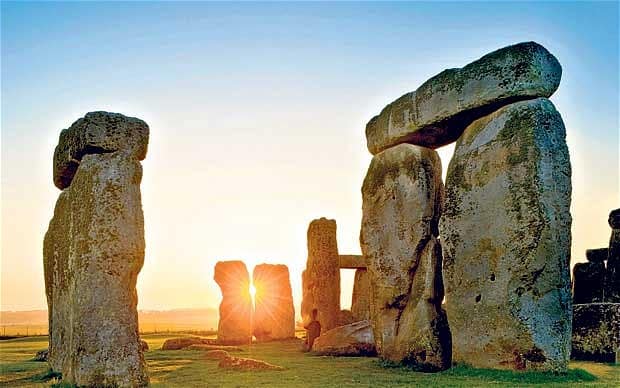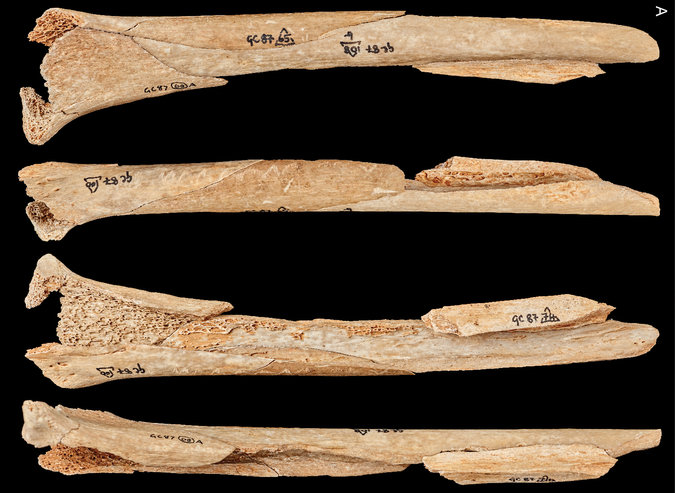“There’s a lot more variability in human cultures, and cultural behavior, than we might think.” – Pat Shipman, anthropology professor at Penn State University.

PHOTO: telegraph.co.uk
GOUGH’S CAVE, SOUTHWESTERN ENGLAND – Cannibalism is usually regarded to be one of the darker parts of most ancient (and sometimes even some modern) cultures around the world. That’s for good reason: humans really shouldn’t be eating other humans. When we think of cannibals, we usually imagine deranged serial killers, or some violent tribe in the Amazon rainforest. We don’t usually think of England.
At one archaeological site in southwestern England, however, archaeologists have unearthed human bones that bear obvious signs of cannibalism. This wasn’t a discovery to be taken lightly. When archaeologists suspect cannibalism, they have a specific list of criteria that they apply to their find to determine whether or not it took place. At Gough’s Cave, that certainly seems to be the case: the bones have signs of butchering marks, and bear human tooth imprints that suggest that the ends of each bone were gnawed on to get every last bit of nutrition that was available.
There was one more intriguing thing about the bones. Dr. Sylvia Bello, the lead archaeologist on the dig, and her colleagues wrote in a paper they published in PLOS One that they’ve found a purposeful, engraved zig-zag pattern on an arm bone. They’ve also discovered drinking vessels buried at the site that have been carved from human skulls.
This particular instance of cannibalism doesn’t seem to be out of necessity. Rather, there was a ritual involved.

PHOTO: nytimes.com
The cut marks on the arm bone have caught the attention of the team. They’re unlike butchering cuts. Whoever made the marks had deliberately cut away at the bone to make each mark more pronounced. According to Dr. Bello, most people want to avoid cutting bone when they’re just butchering meat, as scraping against the hard bone makes one’s blade blunt. She reasons that these cuts were made on purpose as part of a ritual.
What’s more, the pattern on the arm bone matches ritual patterns engraved on animal bones found in France that date to the same historical period. This was a widespread practice at the time.
The archaeologists can also rule out starvation as a motivation for the cannibalism. They’ve found piles of contemporary animal remains.
So, why were the humans at Gough’s Cave eating other humans? Were they killing their fellow community members for food? Or were these unfortunate souls members of a rival tribe?
It seems to be neither of these things. None of the cannibalized remains show signs of injury.
“[This] would suggest that people died from natural causes and were then eaten,” Dr. Bello explained.
It’s unclear as to why the cannibalism took place. Dr. Bello has a theory that the ritual was a way of disposing and honoring dead members of this ancient community. This isn’t an uncommon pattern in ancient tribal cultures. Others ate their dead as a way of accepting that dead member back into their community – as if by allowing their bodies to literally absorb their dead relative, that dead relative could then figuratively live on in them.
What we do know is that this is a prime example of how human culture shifts and changes throughout history. We may not normally associate Britain with cannibalism, but it definitely happened. Human culture is constantly changing, and what we think is acceptable in one era may be taboo in the next. It’s impossible to know for sure why the people at Gough’s Cave were eating their relatives and neighbors, but it’s obvious that the reason may not be as sinister as we’d like to think.

